The struggle for LGBT rights in Lithuania, between religion and human rights
- Auteur Milda Alisauskiene
On June 16, 2015 media reports quoted Prime Minister Algirdas Butkevicius as saying that a civil partnership bill was being discussed with the leaders of the Lithuanian Roman Catholic Church. The discussion centered around whether or not the bill would apply to both heterosexual and homosexual couples. Butkevicius was confident that there were grounds to reach a common agreement, but a few days earlier, Minister of Justice Juozas Bernatonis, opposed to civil partnership for homosexual couples but in favor of heterosexual partnership, had boldly stated that he did not see any problem in homosexual couples living outside of any legal regulation, deeming them “statistically irrelevant” and incompatible with traditional family values.
Revue de presse, 26 octobre
Synode sur la famille
"A l'occasion d'une conférence de presse à Rome, les évêques belges présents au Synode pour la famille sont revenus sur les points fondamentaux de ces trois semaines de travaux" — Synode : « L'Eglise n'a pas tranché, mais elle a changé de langage », assure Mgr Bonny (Jean-Jacques Durré, Cathobel)
"Au terme de trois semaines de débats, le pape a la possibilité d'ouvrir, au cas par cas, la communion pour les divorcés-remariés" — Le Synode s'achève sur une victoire importante pour le pape François (Jean-Marie Guénois, Le Figaro)
Revue de presse hebdo, 24 octobre
Sciences
La science contrôlera-t-elle bientôt votre cerveau ? Des chercheurs britanniques et américains de deux universités, York et Los Angeles, ont mené une expérience sur 38 volontaires dont les résultats ont été repérés par Le Monde. En effectuant des stimulations magnétiques sur le cerveau des cobayes humains pour en inhiber une partie, les chercheurs ont montré un repli de leurs convictions religieuses et idéologiques — Votre religion et vos convictions résisteront-t-elles à la neurobiologie ? (L'Express)
Fruit d'une collaboration entre des chercheurs de l'université de Los Angeles et de l'université d'York (Royaume-Uni), une étude s'est intéressée à une zone particulière du cortex préfrontal impliquée dans l'identification des menaces et l'élaboration des réponses à y apporter. De précédents travaux ont notamment montré que, face à l'évocation de la mort, menace puissante s'il en est, mais aussi face à l'isolement ou au sentiment de ne pas comprendre la situation, cette région du cerveau s'activait et était associée à un réflexe de repli sur son groupe social ou ethnique ou bien à un désir de punition de ceux qui violent la norme. D'où l'idée qu'ont eue ces chercheurs de... désactiver temporairement cette zone pour voir si, en présence d'un contexte angoissant, les individus "neutralisés" auraient moins tendance aux replis religieux et identitaires — Moins croire en Dieu avec la stimulation magnétique… (Pierre Barthélémy, Blog Passeur de Sciences, Le Monde)
Revue de presse, 23 octobre
RD Congo
"Ce dimanche devraient avoir lieu, selon le calendrier électoral congolais, les élections provinciales, urbaines, municipales et locales (trois types d'élections locales), ouvrant un nouveau cycle de scrutins. Si la Cour constitutionnelle a jugé, le 8 septembre, que les premières ne pouvaient avoir lieu dans les délais légaux, rien n'a été dit sur les locales - mais rien n'a été préparé pour les tenir et aucune autre date n'a été annoncée" — Vide électoral congolais : l'Eglise se retire du vote (Marie-France Cros, La Libre)
"De Congolese katholieke Kerk distantieert zich uitdrukkelijk van de voordracht van Corneille Nangaa Yobeluo als nieuwe voorzitter van de kiescommissie in de Democratische Republiek Congo" — Kerk onttrekt steun aan nieuwe voorzitter van congolese kiescommissie (Kerknet)
Revue de presse, 22 octobre
Shoah
"A la veille de sa visite officielle en Allemagne, Benyamin Nétanyahou a mis en cause, mardi 20 octobre, l'influence qu'aurait exercée le mufti de Jérusalem sur Hitler, pour le persuader de mener l'extermination des juifs européens, pendant la seconde guerre mondiale. Le premier ministre s'exprimait devant le 37e Congrès sioniste mondial, à Jérusalem" — Nétanyahou fait du grand mufti de Jérusalem l'inspirateur de la « solution finale » (Piotr Smolar, Le Monde)
"Le premier ministre israélien a affirmé que le mufti de Jérusalem de l'époque a donné à Hitler l'idée d'exterminer les juifs d'Europe. En pleine escalade de la violence entre Israéliens et Palestiniens, ces propos ont créé l'émoi" — Vive polémique après les propos de Nétanyahou sur la Shoah (Mathilde Golla, Le Figaro)
Revue de presse, 21 octobre
Belgique
"Un rapport du Comité P discuté mardi à huis clos au Parlement a exposé la manière dont la police et les services de renseignement ont géré trois 'camps' d'extrémistes musulmans dans la province de Liège" — Les camps djihadistes dans les Ardennes surveillés de manière incomplète (Belga, La Libre)
"Seul un employé à temps partiel de l'unité centrale anti-terrorisme de la police fédérale recherche en ligne des messages à caractère terroriste, ressort-il d'un rapport du Comité P, l'organe de contrôle des services de police, dont De Standaard a pu prendre connaissance. A partir du 1er janvier, une cellule de la police fédérale composée de dix personnes devra patrouiller sur le net pour déceler des messages radicaux, a réagi le ministre de l'Intérieur, Jan Jambon" — Un seul inspecteur (à temps partiel) pour rechercher les messages terroristes en ligne (Belga, La Libre)
Revue de presse, 20 octobre
Allemagne
"Comme chaque lundi depuis fin octobre, des milliers de personnes se sont rassemblés à Dresde et dans plusieurs villes du pays pour dénoncer 'l'islamisation' du pays. Retour sur les origines de ces rassemblements" — Pegida, le mouvement anti-immigrés qui divise l'Allemagne (Roland Gauron, Le Figaro)
"Des pros et anti-réfugiés se sont fait face lundi soir. On compte un blessé grave" — Une manifestation anti-réfugiés en Allemagne tourne à l'affrontement (Belga, Le Soir)
Dynamiques individuelles de sécularisation. Le cas des personnes de tradition musulmane en Belgique
- Auteur Stéphane Jonlet
En juin 2014, ORELA remettait à son commanditaire, le Centre d'Action laïque, le rapport final d'une étude réalisée par Stéphane Jonlet et consacrée aux "Dynamiques individuelles de sécularisation : le cas des personnes de tradition musulmane en Belgique". Ce rapport, rendu public depuis, a tenté d’apporter une meilleure compréhension du vécu de ceux qui, liés d’une manière ou d’une autre au « monde musulman », se sont éloignées de ses pratiques et croyances religieuses.
Revue de presse, 19 octobre
Syrie
"Une semaine après l'annonce par le ministre de la défense, Jean-Yves Le Drian, du bombardement, dans la nuit du 8 au 9 octobre, d'un camp de l'Etat islamique près de Rakka, en Syrie, la version officielle livrée par les autorités françaises résiste de moins en moins à l'examen de certains faits nouveaux" — Syrie : Salim Benghalem, la cible des frappes françaises à Rakka (Jacques Follorou, Le Monde)
"Sanafi Al-Nasr, le chef du groupe Khorasan, un réseau proche de la mouvance Al-Qaida, a été tué par une frappe aérienne de la coalition internationale conduite par les Etats-Unis dans le nord-ouest de la Syrie, a affirmé le Pentagone dimanche 18 octobre" — Syrie : les Etats-Unis annoncent avoir tué le nouveau chef du groupe Khorasan dans une frappe (AFP et Reuters, Le Monde)
Belgique : nouveau procès contre la Scientologie
- Auteur Caroline Sägesser
Un nouveau procès mené à l’encontre de l’Église de Scientologie débute à Bruxelles ce 26 octobre. L’Église de Scientologie de Belgique et le Bureau européen de l'Église de Scientologie internationale, ainsi que certains de leurs responsables, comparaissent en effet devant le tribunal correctionnel. Les chefs d’accusation sont lourds et englobent la qualification d’organisation criminelle. La Scientologie, qui s’était faite plutôt discrète en Belgique ces derniers temps, bien qu’elle bénéficie d’implantations luxueuses dans la capitale de l’Europe, est ainsi appelée à revenir à la une des médias.
Plus...
Revue de presse hebdo, 17 octobre
Médias
Depuis 2005, Jean-Pol Hecq érige des ponts et tisse des liens fraternels entre les confessions religieuses et philosophiques. Dans son magazine hebdomadaire "Et Dieu dans tout ça ?" (diffusé le dimanche sur La Première), il a notamment évoqué - avec une sagacité, une rigueur et une justesse toute particulière - des thématiques aussi brûlantes et circonstancielles que l’athéisme en islam, la philosophie et les médias, les événements en Syrie, le printemps arabe, le génocide arménien — "Et Dieu dans tout ça ?", sur La Première, voué à disparaître (AU. M., La Libre Belgique)
Dans le cadre de la deuxième édition du Monde Festival, Le Monde a organisé dimanche 27 septembre une table ronde sur le thème « Laïcité, religions et liberté d’expression » à l’Opéra Bastille. Etaient présents Lila Charef, responsable du service juridique du Collectif Contre l’Islamophobie en France, le dessinateur et directeur de Charlie Hebdo Riss, l’historien Jean Baubérot et le secrétaire général de l’enseignement catholique Pascal Balmand. Une rencontre animée par Luc Bronner, directeur de la rédaction du Monde — « La laïcité, le meilleur moyen que chacun trouve sa place dans la société » (Le Monde)
Revue de presse, 16 octobre
Proche-Orient
"Le répétera-t-on jamais assez? La Terre sainte et les chrétiens présents sur place vivent ou survivent grâce aux pèlerins... Les événements de ces derniers jours suscitent l'inquiétude parmi la communauté internationale et, sur place, les chrétiens redoutent les annulations de voyage" — La Terre sainte a besoin des pèlerins (Angélique Tasiaux, Cathobel)
"Il semblerait que la foi chrétienne disparaisse de certaines parties centrales du Proche Orient, comme il ressort d'un rapport consacré à la spirale des persécutions croissantes, publié le mardi 13 octobre 2015" — Selon l'AED, les chrétiens pourraient avoir disparu d'Irak dans cinq ans (Jean-Jacques Durré, Cathobel)
Revue de presse, 15 octobre
USA
"Les Etats-Unis se sont alarmés mercredi d'une poussée de l'antisémitisme en France et en Allemagne et ont fustigé la répression religieuse exercée par le groupe Etat islamique en Syrie et en Irak, dans un panorama annuel mondial sur les libertés religieuses" — Washington fustige l'antisémitisme en Europe et la répression religieuse par Daech (AFP, Le Vif)
"Two teenage brothers were brutally beaten in church – one of them fatally – in an effort by their parents, sister and other members of the congregation to force them to confess their sins and seek forgiveness, police said on Wednesday" — Fatal church beating spurred by effort to force brothers confess sins, police say (Associated Press, The Guardian)
Revue de presse, 14 octobre
UK
"Ils ont été plus de 300, jeunes et moins jeunes, à se presser vers la mosquée de Merton, située dans la banlieue londonienne, pour découvrir, au fil d'une visite guidée enrichissante, l'exposition dédiée à l'islam, à son histoire millénaire, sa culture foisonnante et son art recelant des trésors, les premiers visiteurs qui ont franchi avec empressement le seuil du lieu de culte de musulman étaient pour la plupart non musulmans, et en sont repartis très enthousiastes" — Londres : l'exposition dédiée à l'islam au sein d'une mosquée attire des centaines de visiteurs non musulmans (Oumma)
"Une britannique convertie à l'islam, violemment prise à partie et aspergée d'alcool à bord d'un train de banlieue, à cause de son niqab qui fâche et a fait sortir de leurs gonds des supporters de football passablement ivres, notamment de haine, devant des passagers qui ont observé la scène sans bouger ou ont préféré regarder ailleurs, cette attaque islamophobe tristement ordinaire a été consignée par écrit dans l'étude réalisée par deux criminologues de renom" — Une britannique voilée harcelée et aspergée d'alcool dans un train, c'est l'un des témoignages choc d'une étude sur l'islamophobie (Oumma)





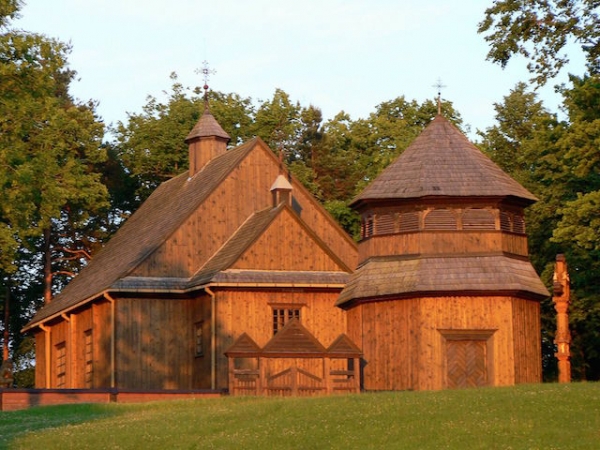
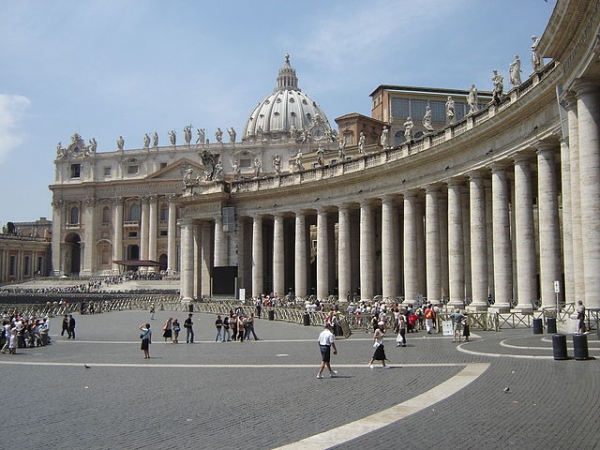
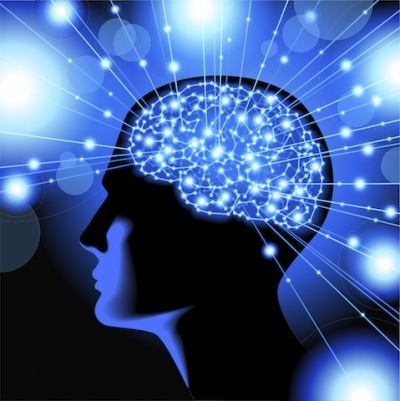
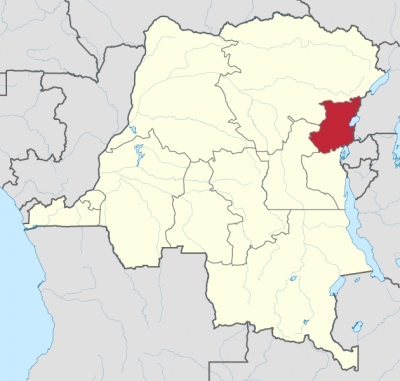
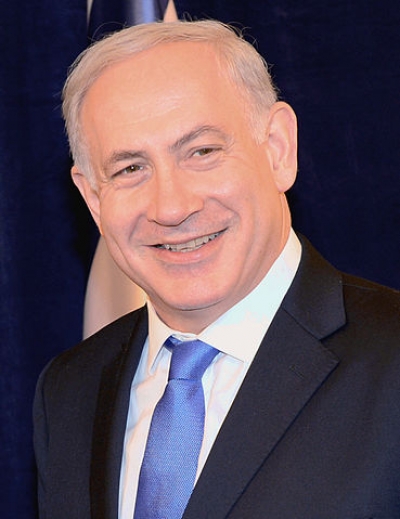
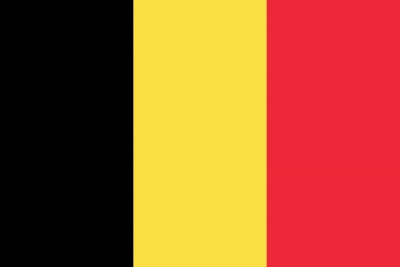

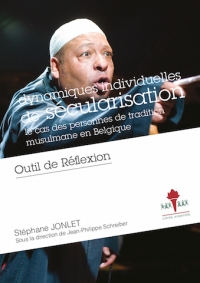
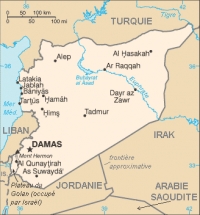





 MangoGem
MangoGem